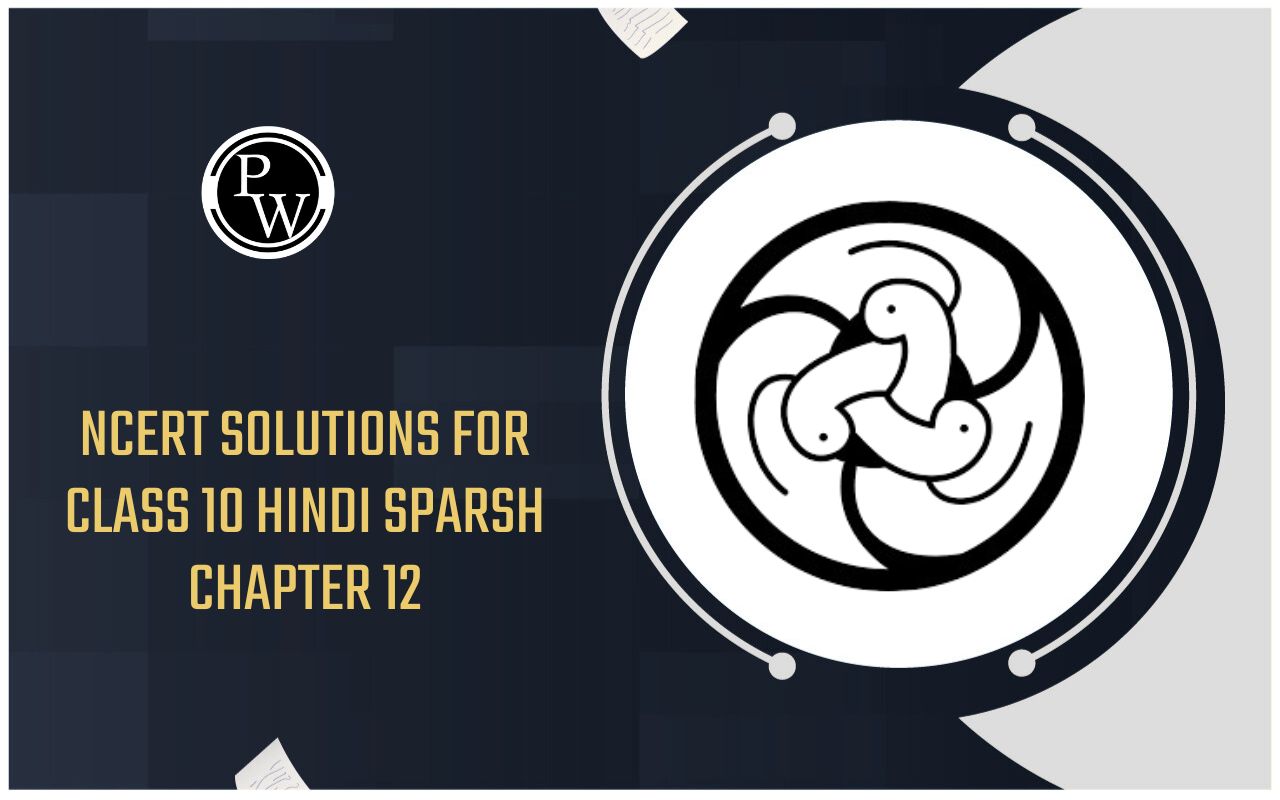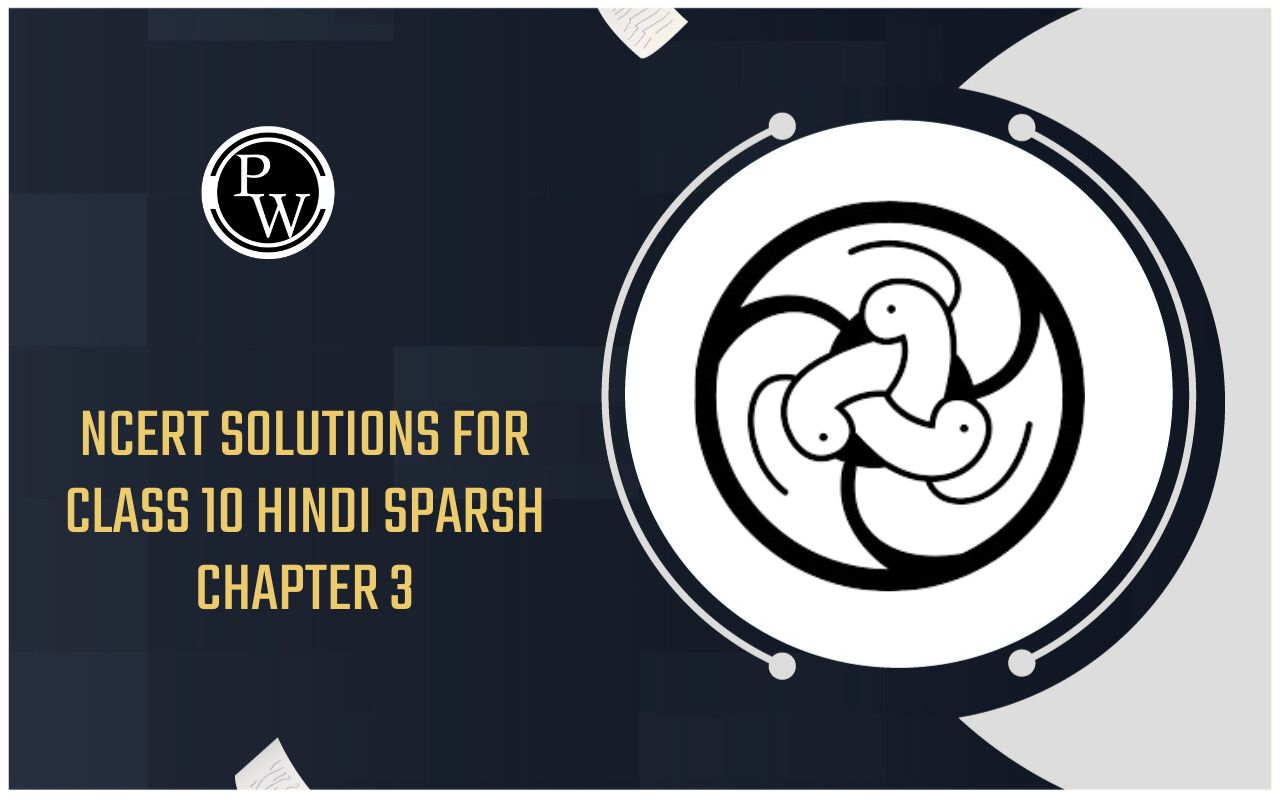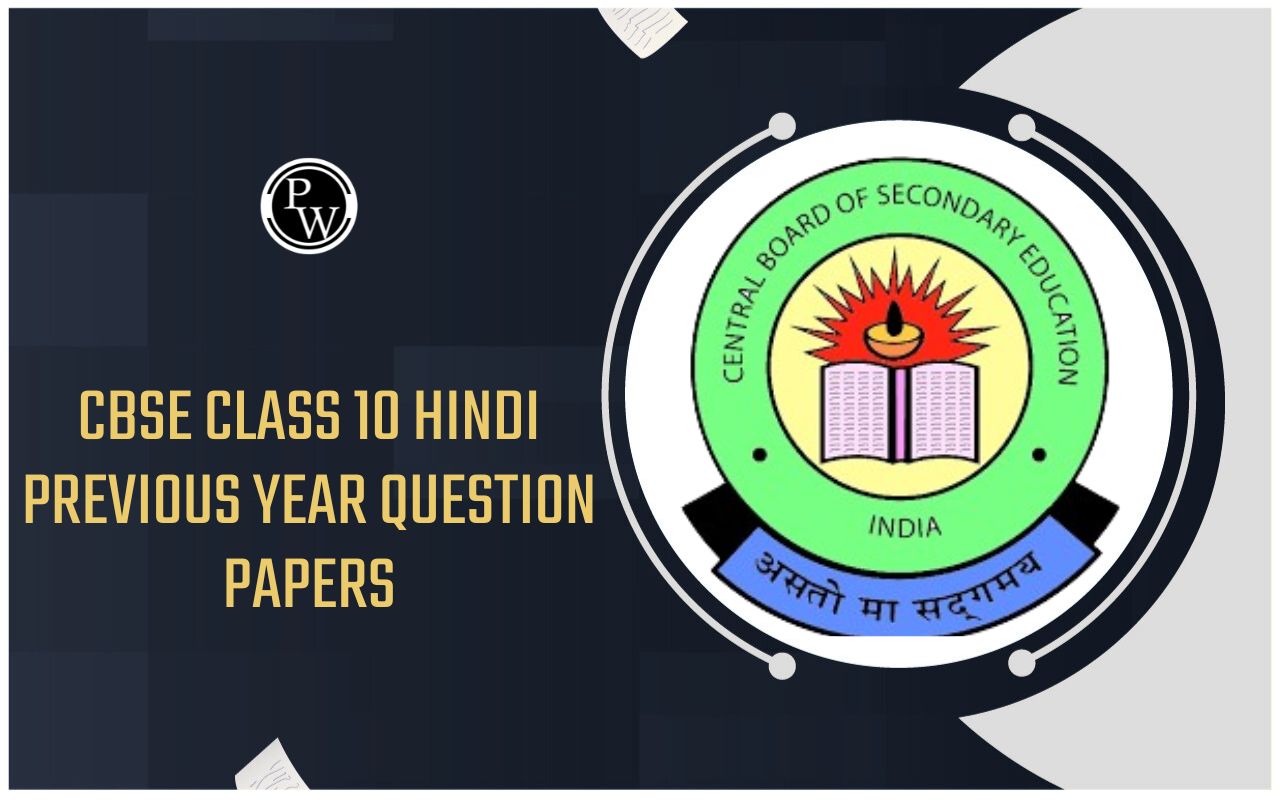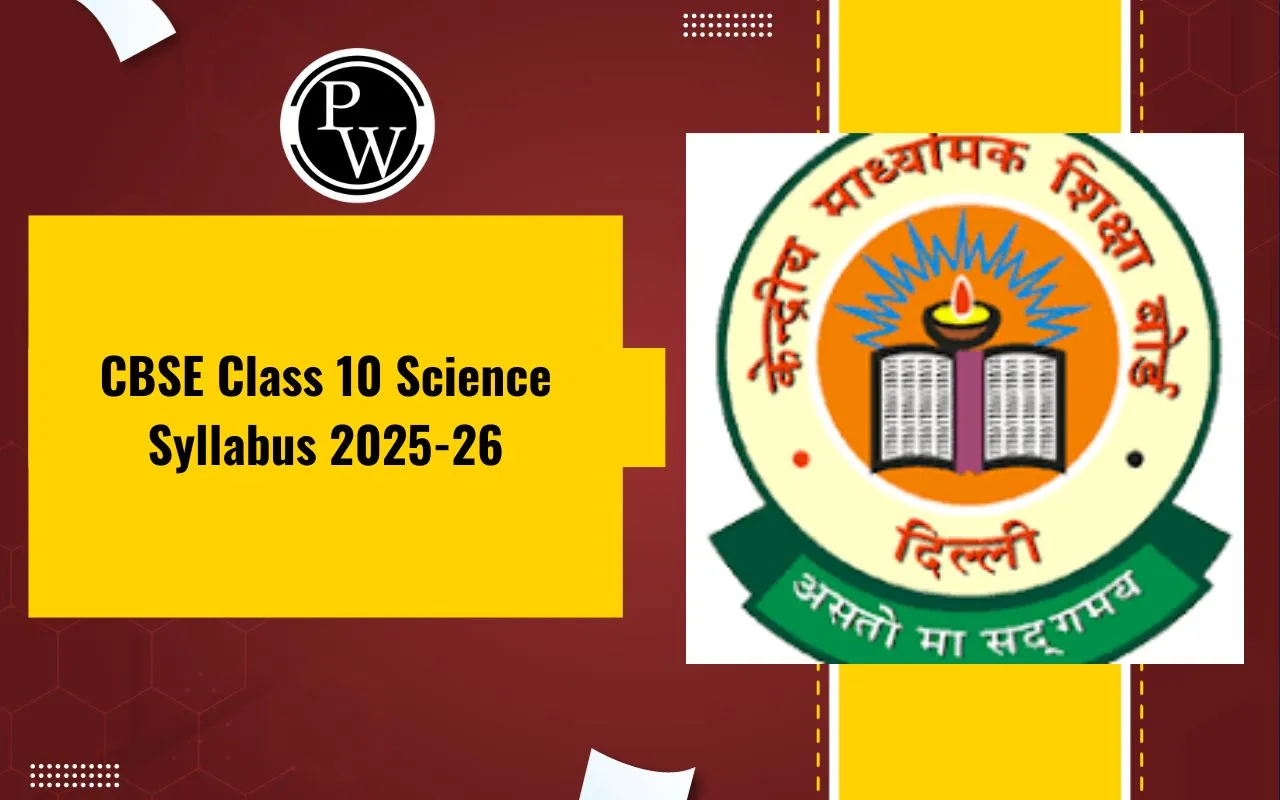
NCERT Solutions for Class 10 Science Chapter 5 Life Processes help students learn how living organisms perform essential functions to stay alive. This chapter focuses on vital processes such as nutrition, respiration, transportation, and excretion that together define what makes something “alive.” Through these life processes, students understand how the human body, plants, and animals work together to maintain life. The solutions make it easy to grasp complex biological concepts with simple explanations and examples. Learning about these life processes provides a strong foundation for higher classes and exams like NEET.
NCERT Solutions for Class 10 Science Chapter 5 Life Processes
The Life Processes Class 10 Chapter explains how living organisms maintain and regulate their basic biological functions. The chapter emphasizes the importance of converting energy, transporting nutrients, and removing waste for survival. With well-structured explanations and questions, this chapter helps to strengthen the students’ understanding of biology and the real-life applications of science.
NCERT Solutions Chapter 5 Life Processes Class 10 PDF
Download the Life Processes Class 10 PDF for free and use it to prepare offline whenever you want. This PDF of class 10 science chapter 5 question answers will help you with all the NCERT questions with answers and diagrams.
Easy examples from daily life are provided for each topic so that students can easily relate the theory. NCERT Class 10 Science Chapter Life Process PDF also comes with short notes that can help you revise quickly before exams. Hence, here we have provided NCERT Solutions for Class 10 Science Chapter 5 Life Processes PDF.
Download NCERT Solutions for Class 10 Science Chapter 5 Life Processes PDF
NCERT Chapter 5 Life Processes Class 10 Questions and Answers
Here are some important Life Processes Class 10 Questions and Answers from the NCERT textbook:
1. Why is diffusion insufficient to meet the oxygen requirements of multicellular organisms like humans?
Diffusion is the slow movement of molecules from an area of high concentration to an area of low concentration. In small organisms like amoeba, diffusion is enough because their body size is very tiny, and oxygen can easily reach every cell directly from the surroundings. But in humans and other multicellular organisms, the body is made up of millions of cells arranged in layers. The distance between the outer surface and inner cells is too large, so oxygen cannot reach the inner cells fast enough through diffusion alone.
Therefore, humans have a special respiratory system and a circulatory system. The lungs take in oxygen, and the blood carries it quickly to all body cells. This ensures that every cell gets oxygen for energy production.
2. What criteria do we use to decide whether something is alive?
We say something is alive if it performs basic life processes such as movement, growth, reproduction, respiration, and response to surroundings. Living things show internal activities like digestion and excretion even if they do not move from one place to another.
For example, plants are living even though they do not walk, because they grow, make food, and respond to light. Non-living things like chairs or stones do not perform any of these processes. So, the presence of life processes helps us identify living organisms.
3. What are outside raw materials used for by an organism?
Living organisms need raw materials like water, oxygen, and nutrients from the outside environment to survive and grow.
-
Plants take in water and minerals from the soil, and carbon dioxide from the air, to make food by photosynthesis.
-
Animals eat food to get energy, drink water, and breathe in oxygen.
These raw materials are used for making energy, repairing cells, and maintaining life functions.
4. What processes would you consider essential for maintaining life?
There are some important processes that every living organism performs to stay alive. These include:
-
Nutrition: Taking in food and using it for energy and growth.
-
Respiration: Breaking down food to release energy.
-
Transportation: Moving materials like food, oxygen, and wastes inside the body.
-
Excretion: Removing waste materials produced during body functions.
If any of these processes stop, life cannot continue. So, these are called life processes.
5. What are the differences between autotrophic and heterotrophic nutrition?
|
Autotrophic Nutrition |
Heterotrophic Nutrition |
|
Organisms make their own food using sunlight, carbon dioxide, and water. |
Organisms depend on other living things for food. |
|
It happens through photosynthesis. |
It happens through eating or digesting other organisms. |
|
Example: Green plants, some bacteria. |
Example: Humans, animals, fungi. |
In short, plants are producers, while animals and humans are consumers.
6. Where do plants get each of the raw materials required for photosynthesis?
Plants need carbon dioxide, water, and sunlight for photosynthesis.
-
Carbon dioxide (CO₂): Taken from the air through small openings in leaves called stomata.
-
Water (H₂O): Absorbed by the roots from the soil and carried to the leaves through xylem vessels.
-
Sunlight: Captured by the green pigment chlorophyll in leaves, which helps in making food.
These materials combine to form glucose (food) and oxygen. The process keeps the plant alive and also provides oxygen for other organisms.
7. What is the role of the acid in our stomach?
The stomach secretes hydrochloric acid (HCl), which has two important roles:
-
It kills germs and harmful bacteria present in food.
-
It creates an acidic environment so that enzymes like pepsin can break down proteins properly.
Without this acid, digestion would be slow and incomplete, and harmful microorganisms might cause infections.
8. What is the function of digestive enzymes?
Digestive enzymes are special chemicals made by the body to help in the digestion of food. They speed up the breakdown of large and complex food molecules into smaller and simpler ones that can be absorbed easily.
For example:
-
Amylase breaks starch into sugar.
-
Pepsin breaks proteins into peptides.
-
Lipase breaks fats into fatty acids and glycerol.
These enzymes make digestion faster and smoother.
9. How is the small intestine designed to absorb digested food?
The small intestine is a long, coiled tube that plays an important role in absorbing digested food.
Inside it, there are many small finger-like projections called villi. These villi increase the surface area for absorption and have tiny blood vessels that take nutrients into the blood.
The walls of the small intestine also contain enzymes that help in the final digestion of food. The absorbed nutrients are then carried by the blood to different parts of the body for energy and repair.
10. What advantage over an aquatic organism does a terrestrial organism have with regard to obtaining oxygen for respiration?
Terrestrial organisms live on land, where oxygen is easily available in the air. Air contains more oxygen than water and is less dense, so it is easier to breathe.
Aquatic organisms, like fish, get oxygen dissolved in water through gills. Since water has less oxygen, fish have to pass a lot of water through their gills to get enough oxygen.
So, terrestrial organisms use lungs to breathe air more efficiently and can obtain oxygen quickly for energy production.
11. What are the different ways in which glucose is oxidised to provide energy in various organisms?
The glucose we get from food is broken down in cells to release energy. This process happens in different ways depending on the presence or absence of oxygen:
-
Aerobic respiration:
-
Takes place in the presence of oxygen.
-
Glucose is completely broken down into carbon dioxide and water.
-
A large amount of energy is released.
-
Example: Humans and most animals.
-
Anaerobic respiration:
-
Takes place in the absence of oxygen.
-
Glucose breaks down into alcohol or lactic acid.
-
Less energy is released.
-
Example: Yeast (alcohol fermentation), muscle cells (lactic acid).
-
Partial breakdown in muscles:
-
When humans do heavy exercise, oxygen is less available, and glucose breaks into lactic acid, causing cramps.
12. How is oxygen and carbon dioxide transported in human beings?
In humans, the blood helps in the transport of gases.
-
Oxygen from the lungs joins with haemoglobin in red blood cells to form oxyhaemoglobin, which travels to body cells.
-
Carbon dioxide produced by cells during respiration dissolves in blood plasma as bicarbonate and is carried back to the lungs.
In the lungs, carbon dioxide is released out during exhalation. This process keeps the level of gases balanced in our body.
13. How are the lungs designed in human beings to maximise the area for exchange of gases?
-
Human lungs have millions of small balloon-like sacs called alveoli. These alveoli provide a huge surface area for gas exchange.
-
Each alveolus is surrounded by thin blood capillaries. When air enters the lungs, oxygen passes from alveoli into the blood, and carbon dioxide moves from blood into alveoli to be breathed out.
-
This design allows quick exchange of gases and helps in efficient respiration.
14. What are the components of the transport system in human beings? What are their functions?
The human transport system includes:
-
Heart: A muscular organ that pumps blood throughout the body.
-
Blood: A liquid that carries oxygen, food, hormones, and waste materials.
-
Blood Vessels: Tubes that carry blood –
-
Arteries carry oxygen-rich blood away from the heart.
-
Veins carry oxygen-poor blood back to the heart.
-
Capillaries connect arteries and veins for the exchange of materials.
Together, they ensure every part of the body gets what it needs to function properly.
15. Why is it necessary to separate oxygenated and deoxygenated blood in mammals and birds?
Mammals and birds are warm-blooded animals. They maintain a constant body temperature even when the outside temperature changes.
To do this, they need a lot of energy, which comes from efficient respiration. If oxygenated (pure) and deoxygenated (impure) blood mix, the oxygen supply becomes less and energy production reduces. Therefore, their hearts have four chambers to keep the two types of blood separate for efficient working of body organs.
16. What are the components of the transport system in highly organised plants?
Plants have two main transport tissues:
-
Xylem: Carries water and minerals from roots to leaves.
-
Phloem: Carries the food made in leaves to other parts of the plant.
These tissues form a continuous network from roots to leaves, helping plants survive and grow even though they don’t have a heart or blood.
17. How are water and minerals transported in plants?
Water and minerals are absorbed by the roots from the soil through root hairs. They move upward through xylem vessels to reach the stems and leaves.
This upward movement is helped by:
-
Root pressure (pushing force from the roots),
-
Capillary action (movement through thin tubes), and
-
Transpiration pull (loss of water from leaves creates suction).
This system ensures that every part of the plant gets enough water and nutrients.
18. How is food transported in plants?
The food made in leaves during photosynthesis is transported through phloem to all parts of the plant.
This movement is called translocation. It uses energy in the form of ATP because food moves both upward and downward depending on the plant’s needs.
For example, food moves to roots for storage and to growing buds or fruits for development.
19. Describe the structure and functioning of nephrons.
A nephron is the smallest functional unit of the kidney. Each kidney has about one million nephrons.
Structure:
-
A cup-shaped structure called Bowman’s capsule surrounds a bunch of capillaries called the glomerulus.
-
A long, coiled tubule is attached to the capsule, which joins the collecting duct.
Functioning:
-
Blood enters the glomerulus where filtration happens.
-
Waste, salts, and excess water are filtered out into the capsule.
-
Useful materials like glucose and amino acids are reabsorbed in the tubule.
-
The remaining waste forms urine, which flows to the urinary bladder through collecting ducts.
20. What are the methods used by plants to get rid of excretory products?
Plants do not have a separate excretory system like animals. They remove wastes in different ways:
-
Some wastes like oxygen and carbon dioxide are released through stomata during photosynthesis and respiration.
-
Some wastes are stored in old leaves or bark that later fall off.
-
Other wastes are stored as resins, gums, or latex in special cells.
-
Plants also remove extra water through transpiration.
This helps plants stay healthy without collecting harmful substances.
21. How is the amount of urine produced regulated?
The amount of urine produced depends on:
-
The amount of water taken by the body.
-
The temperature of the surroundings.
-
How much water the body needs to save.
The brain controls urine production using a hormone called ADH (Antidiuretic Hormone).
When the body has less water, ADH increases water reabsorption in kidneys, producing less urine.
When the body has more water, less ADH is released, and more urine is produced.
This keeps the body’s water level balanced.
22. The kidneys in human beings are a part of the system for
(a) nutrition
(b) respiration
(c) excretion
(d) transportation
Answer: (c) excretion
Explanation: Kidneys remove waste materials and extra water from the body. This process is called excretion.
23. The xylem in plants are responsible for
(a) transport of water
(b) transport of food
(c) transport of amino acids
(d) transport of oxygen
Answer: (a) transport of water
Explanation: Xylem carries water and minerals from the roots to all parts of the plant.
24. The autotrophic mode of nutrition requires
(a) carbon dioxide and water
(b) chlorophyll
(c) sunlight
(d) all of the above
Answer: (d) all of the above
Explanation: Plants need sunlight, water, carbon dioxide, and chlorophyll to make their own food through photosynthesis.
25. The breakdown of pyruvate to give carbon dioxide, water and energy takes place in
(a) cytoplasm
(b) mitochondria
(c) chloroplast
(d) nucleus
Answer: (b) mitochondria
Explanation: Mitochondria are known as the powerhouse of the cell where energy is released during respiration.
26. How are fats digested in our bodies? Where does this process take place?
Answer: Fats are digested in the small intestine. Bile from the liver breaks fats into small droplets, and enzymes change them into fatty acids and glycerol.
27. What is the role of saliva in the digestion of food?
Answer: Saliva makes food soft and helps in breaking starch into sugar with the help of an enzyme called amylase.
28. What are the necessary conditions for autotrophic nutrition and what are its by-products?
Answer: Sunlight, water, carbon dioxide, and chlorophyll are needed for autotrophic nutrition. The by-products are glucose and oxygen.
29. What are the differences between aerobic and anaerobic respiration? Name some organisms that use the anaerobic mode of respiration.
| Aerobic Respiration | Anaerobic Respiration |
| Happens in the presence of oxygen. | Happens without oxygen. |
| Produces more energy. | Produces less energy. |
| Occurs in humans and animals. | Occurs in yeast and some bacteria. |
30. How are the alveoli designed to maximise the exchange of gases?
Answer: Alveoli have thin walls and a large number of tiny air sacs. This gives a large surface area and helps gases like oxygen and carbon dioxide move easily between air and blood.
31. What would be the consequences of a deficiency of haemoglobin in our bodies?
Answer: Low haemoglobin means less oxygen is carried in the blood. This causes tiredness, weakness, and breathlessness. It can also lead to anaemia.
32. Describe double circulation of blood in human beings. Why is it necessary?
Answer: In double circulation, blood goes through the heart twice — first to the lungs to get oxygen and then to the rest of the body to give oxygen. It is needed to keep oxygen-rich and oxygen-poor blood separate and to maintain proper oxygen supply.
33. What are the differences between the transport of materials in xylem and phloem?
| Xylem | Phloem |
| Carries water and minerals. | Carries food made by leaves. |
| Movement is only upward. | Movement is upward and downward. |
| Made of dead cells. | Made of living cells. |
34. Compare the functioning of alveoli in the lungs and nephrons in the kidneys with respect to their structure and functioning.
| Alveoli (in Lungs) | Nephrons (in Kidneys) |
| Tiny air sacs that help in gas exchange. | Tiny tubes that filter blood and form urine. |
| Exchange oxygen and carbon dioxide. | Remove waste from blood. |
| Have thin walls and large surface area. | Have long tubules and many capillaries. |
Benefits of NCERT Solutions for Class 10 Science Chapter 5 Life Processes
The NCERT Solutions for Class 10 Science Chapter 5 provide several benefits for students:
-
NCERT Solutions for Class 10 Science Chapter 5 has the following advantages for the students:
-
Easy Learning: All the concepts are presented in a simple manner so that it is easy to understand.
-
Exam-Focused Answers: The answers are prepared as per NCERT marking scheme and will help the students score good marks.
-
Clear Concept: The students get an easy and clear concept about nutrition, respiration, transportation, and excretion.
-
Beneficial for Higher Classes: The solutions provide a good base for the students for class 11 and NEET-level biology.
-
Free for All: The life processes class 10 pdf can be downloaded for free and students can access it anytime.
These benefits allow students to easily and efficiently master the Life Processes Class 10 Questions and Answers.
NCERT Solutions for Class 10 Science Chapter 5 Life Processes FAQs
Q1. What are the main topics that have been covered in the NCERT textbook for Life Processes Class 10?
Q2. Is there any way to download the Life Processes Class 10 PDF?
Q3. Are NCERT questions sufficient for Class 10 Science exams?
Q4. What is the importance of Life Processes Class 10?










